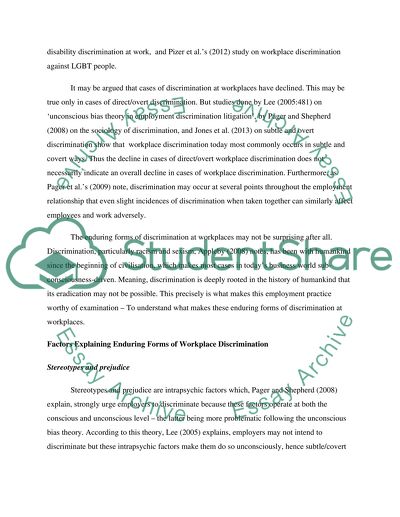Cite this document
(“Assess the possible explanation for enduring forms of discrimination Essay”, n.d.)
Retrieved from https://studentshare.org/human-resources/1491104-assess-the-possible-explanation-for-enduring-forms
Retrieved from https://studentshare.org/human-resources/1491104-assess-the-possible-explanation-for-enduring-forms
(Assess the Possible Explanation for Enduring Forms of Discrimination Essay)
https://studentshare.org/human-resources/1491104-assess-the-possible-explanation-for-enduring-forms.
https://studentshare.org/human-resources/1491104-assess-the-possible-explanation-for-enduring-forms.
“Assess the Possible Explanation for Enduring Forms of Discrimination Essay”, n.d. https://studentshare.org/human-resources/1491104-assess-the-possible-explanation-for-enduring-forms.


